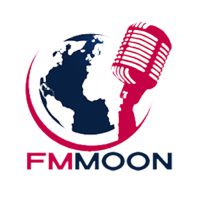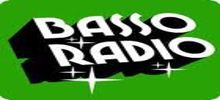Easy listening is a broad and somewhat vague genre of music that emerged in the mid-20th century, characterized by its smooth, soothing melodies and relaxed tempos. Often associated with the lounge and exotica movements, easy listening encompasses a wide range of styles, including instrumental covers of popular songs, orchestral arrangements, and original compositions designed to evoke a sense of calm and sophistication.
The roots of easy listening can be traced back to the early days of radio broadcasting, when networks sought to create a pleasant atmosphere for listeners. During the 1940s and 1950s, big band leaders like Percy Faith and Mantovani gained popularity with their lush orchestral arrangements of popular tunes. These artists laid the groundwork for what would become known as easy listening, emphasizing smooth vocals and intricate instrumental performances.
One of the defining features of easy listening is its use of string sections and brass instruments to create a rich, full sound. Artists like André Previn and Henry Mancini were masters of this approach, crafting compositions that blended elements of jazz, classical, and pop music. Their work often featured catchy melodies and sophisticated harmonies, making it appealing to a broad audience.
The 1960s saw the rise of easy listening compilations and radio programs dedicated to the genre. Albums like "Love Is Blue" by Paul Mauriat and "A Taste of Honey" by Herb Alpert became best-sellers, showcasing the genre's ability to capture the mood of the times. Easy listening music was often used in elevators, hotels, and other public spaces to create a pleasant ambiance, further cementing its association with relaxation and comfort.
In addition to instrumental pieces, easy listening also includes vocal performances by artists like Frank Chacksfield, Matt Monro, and Roger Whittaker. These singers were known for their smooth, velvety voices and ability to deliver romantic ballads with elegance and grace. Their music often featured lush orchestral arrangements that complemented the vocals, creating a seamless blend of sound.
The genre's popularity waned in the 1970s as rock and disco music gained prominence, but easy listening continued to influence other genres. Artists like Barry Manilow and Richard Clayderman carried on the tradition, blending elements of pop, jazz, and classical music to create a modern take on easy listening.
Easy listening has also had a significant impact on film and television soundtracks. Composers like Ennio Morricone and John Barry used elements of easy listening in their scores, creating memorable themes that have become iconic in their own right. The genre's ability to evoke a sense of nostalgia and romance has made it a popular choice for background music in various media.
In recent years, there has been a resurgence of interest in easy listening, with contemporary artists like The xx and Bonobo incorporating elements of the genre into their music. This new wave of easy listening blends electronic beats and modern production techniques with the smooth melodies and relaxed tempos of the original style, creating a fresh and exciting sound.
Easy listening remains a beloved genre for those seeking a soothing and sophisticated musical experience. Its timeless appeal lies in its ability to create a sense of calm and relaxation, making it a perfect choice for unwinding after a long day or setting the mood for a romantic evening. Whether enjoyed through instrumental covers, vocal ballads, or modern reinterpretations, easy listening continues to captivate listeners with its enduring charm.
 3.5k
3.5k
 1
United States Easy listening 192 kbps MP3
1
United States Easy listening 192 kbps MP3 3.3k
3.3k
 3
United States, Los Angeles Easy listening
3
United States, Los Angeles Easy listening 2.4k
Turkey, Ankara Easy listening 128 kbps MP3
2.4k
Turkey, Ankara Easy listening 128 kbps MP3



























